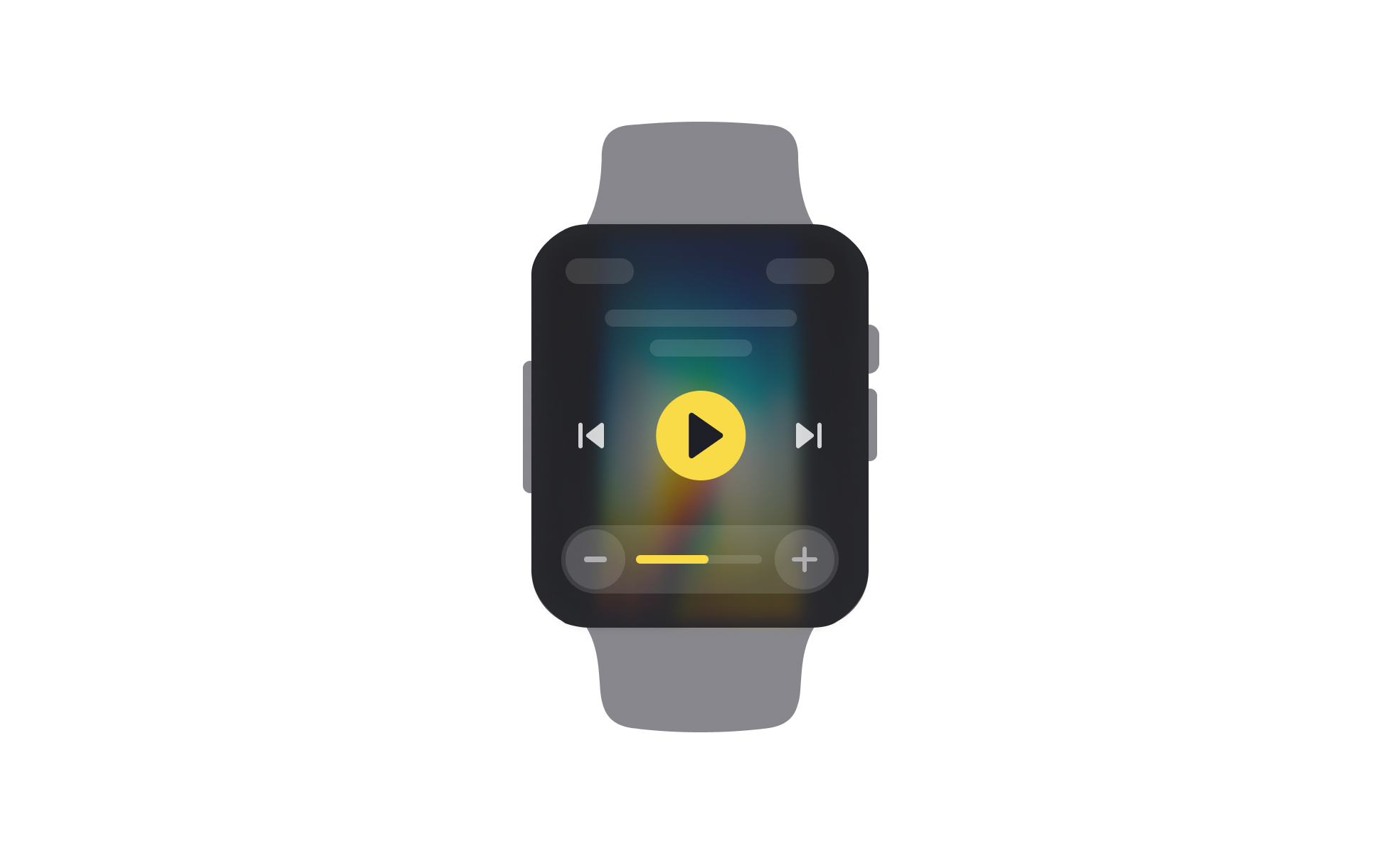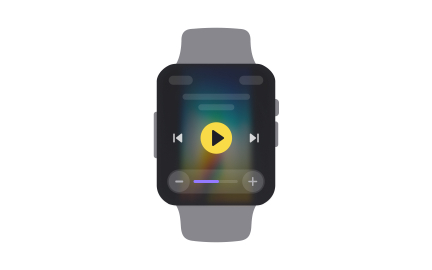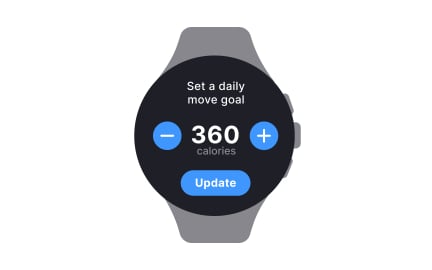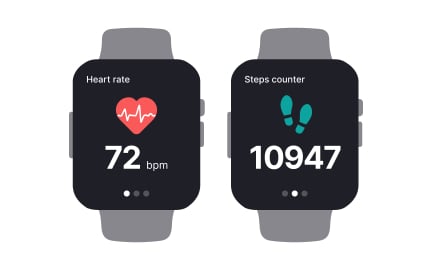Smartwatch
Smartwatch design focuses on creating usable, glanceable interfaces for small wearable screens, balancing limited space with functionality and accessibility.

TL;DR
- Interfaces designed for wearable screens.
- Prioritize glanceable, quick interactions.
- Use simplified navigation and gestures.
- Extend mobile and app functionality to the wrist.
Definition
A smartwatch is a wearable device with a small digital display that extends mobile and app functionality, requiring designs optimized for limited space and quick, frequent interactions.
Detailed Overview
Smartwatches have transformed how people access information by bringing digital interactions to the wrist. Unlike mobile phones, which can support complex workflows, smartwatches are built around micro-interactions, quick, glanceable moments where users check notifications, monitor activity, or perform lightweight actions like replying to messages.
A frequent question is how design adapts to the small screen size. Interfaces must simplify content, focusing on clarity and minimalism. Large buttons, high-contrast text, and simple navigation patterns reduce error rates. The “glanceable design” principle emphasizes delivering maximum value in minimal time, since users often look at the device for only a few seconds.
Another common query concerns input methods. Because smartwatches rely on small screens, input must be simple and efficient. Designers use taps, swipes, and long presses as primary gestures, often supplemented by voice commands or integration with smartphone keyboards. Effective smartwatch interfaces minimize typing and maximize action speed.
Teams also ask about smartwatch functionality. While watches provide notifications, fitness tracking, and timekeeping as core features, they increasingly extend mobile experiences. Apps like banking, navigation, or messaging offer stripped-down versions optimized for quick interactions. The key is not to replicate full app workflows but to complement them.
Accessibility is another important topic. Designers must account for users with visual, motor, or auditory challenges. High-contrast themes, haptic feedback, and voice navigation help make smartwatches inclusive. Since smartwatches are personal devices worn daily, an accessible design greatly expands usability.
Battery life is a frequent concern. Interfaces must be visually efficient, avoiding heavy animations or excessive brightness that drains power. Minimalistic design not only improves usability but also supports longer device performance.
Learn more about this in the Smartwatch Exercise, taken from the Devices & Screen Sizes Lesson, a part of the UX Design Foundations Course.
Smartwatch design emphasizes quick, glanceable interactions. Unlike mobile apps that support detailed workflows, watch interfaces must deliver value in seconds. Large elements, simplified navigation, and minimal text replace complex layouts.
This adaptation ensures usability despite the small display and limited input options.
Gestures such as swipes, taps, and long presses are the primary navigation methods. Because the screen is small, gestures must be simple and predictable. Voice commands often complement gestures for efficiency.
Balancing multiple input methods ensures accessibility and keeps interactions lightweight.
They don’t replicate full app experiences but provide stripped-down, quick-access versions. For example, a banking app may allow balance checks but not full loan applications. Fitness apps may show daily progress while syncing detailed data to the phone.
This complementary role makes smartwatches valuable without overwhelming the interface.
Accessibility is vital, given the small interface. High-contrast text, haptic feedback, and clear audio cues expand usability. Voice navigation reduces reliance on small touch targets.
These adjustments ensure smartwatches serve a wide range of users, not just those with perfect vision or dexterity.
Smartwatches are worn daily, often for health tracking, so frequent charging disrupts usage. Efficient visuals, limited animations, and balanced brightness preserve battery life.
Designers must optimize for both usability and power, since poor efficiency directly reduces user satisfaction.
Recommended resources
Courses

UX Design Foundations

Design Terminology

Common Design Patterns
Lessons
Projects

Medilert - Smartwatch App

Health App












